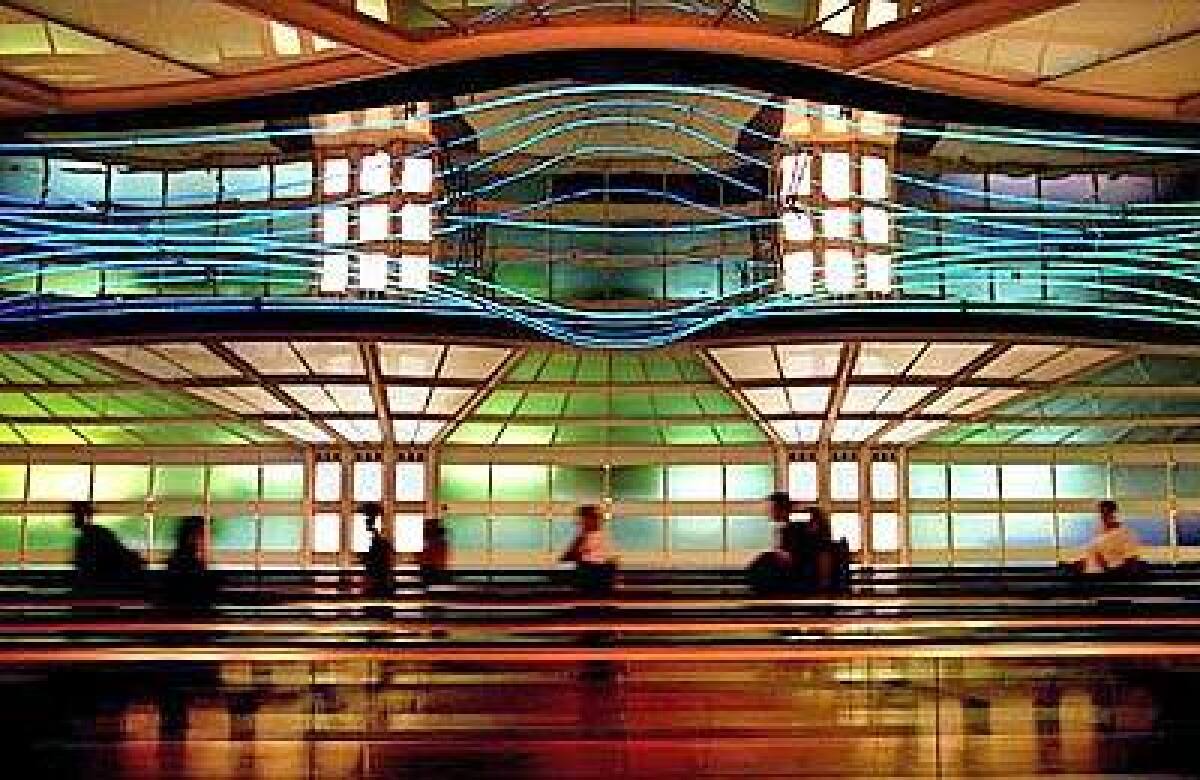It’s a snap: How to make digital cameras click for you

- Share via
Is film dead? Well, perhaps not just yet, but the digital age has arrived, and it’s time to embrace it.
Among a digital camera’s benefits: It’s hassle-free at security checkpoints, because X-rays do not affect digital images; there’s no need for film processing; and it’s easy to place a memory card in a computer, select a few images and e-mail them to family and friends or copy them to a CD.
Here are the main points to consider when going digital.
What do I buy? Image resolution indicates the size of your digital image and is measured in pixels. A megapixel is 1 million pixels. Cameras will be labeled “5 megapixel” or “3 MP.” The larger the pixel number, the greater the detail in your images. Buy the largest megapixel camera in your price range.
Another factor to consider is the zoom. High-end cameras have interchangeable lenses. More reasonably priced cameras have one fixed zoom lens. There are two kinds of zoom, optical and digital.
Optical zoom refers to the camera lens increasing or decreasing focal length. Single-lens reflex cameras have optical zooms, and if you use this type of camera, this is what you are familiar with. Optical zooms provide high-quality images.
Digital zoom extends the effective focal-length range of your camera by cropping down to a smaller area of the charged coupling device, or CCD, the device in your camera that records images to your cards, giving you greater focal length, or more telephoto ability. In essence, the digital zoom is a “cheat” that gives you longer telephoto ability but lesser image quality if enlarged.
Buy a camera with the largest optical zoom range your budget allows.
Memory cards: Digital cameras have memory cards that hold images. Some lower-priced cameras do not have cards and connect the camera to the computer via a cord. But it’s better to buy a camera with memory cards because, as with film, you can change cards and keep shooting. And, as with film, you can buy higher-capacity cards for more or larger images, or both.
A separate card reader that you can attach to a computer is a good purchase because it allows you to work with your images while your camera recharges or is in use.
Digital images are processed through your camera and computer software, and generally the cameras and computers make it easy to learn the processes. Of course, there’s always more to learn.
Batteries: Digital cameras devour battery power. Always take extra batteries or chargers, or both.
Taking photos: The rules are the same as with film. Set your digital camera to the highest resolution possible, just like buying finer-grain, lower-ASA film.
Move in closer to the object.
Try different angles.
Spend more time setting up your shot and your images will get better.
Anticipate the shot, because most digitals have a slight shutter delay.
One of the best features of a digital camera: If you don’t like the images, you can delete them as you go, freeing up memory on the card so you won’t be left with prints of your shoe tops.